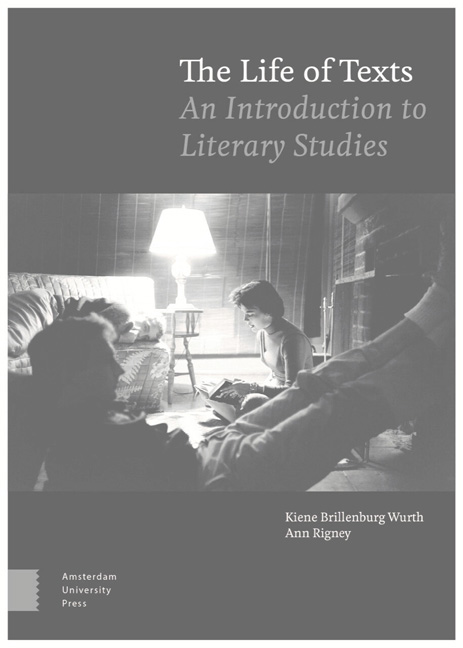10 - Literature and Postcolonial Criticism
Summary
Introduction: Spaces in the background
In part four of the young adult novel Joop ter Heul ( Joop and her Boy, 1925) by the Dutch author Cissy van Marxveldt (1889-1948), Joop's husband Leo departs for Indonesia – or, as it was then called, the Dutch East Indies to mark the occupation by the Dutch. Leo van Dil is the director of a big Dutch bank, and needs to solve some problems in the Jakarta branch (then called Batavia by the Dutch colonisers). Indonesia does not play a prominent part in the novel. As readers, we are not with Leo but his wife Joop who – in accordance with early-twentieth-century gender roles – stays behind to take care of their baby boy, Hans. Still, as a space in the background, the marginal role of the colony does not make the presence of Indonesia any less significant. In fact, the self-evidence of Indonesia as such a presence enabling the luxury lifestyle of Joop and Leo is typical of the décor of Dutch young adult novels written in the 1920s and ‘30s. Many of these novels feature a young woman married offto a planter, military, civil servant, or banker in Indonesia, or in the so-called West Indies. As in Joop ter Heul, Indonesia often figures as the endpoint of a story where the female protagonist will find her destiny: a geographic, cultural, and economic space that serves the Netherlands as a colonising power.
Such apparently innocent, young adult fictions, then, cannot be seen apart from the Dutch colonial project. They affirm the status of Indonesia as a backyard to be exploited by the Dutch, or where the Dutch were destined to bring ‘culture’ and ‘enlightenment’ (as if there had been no culture and enlightenment before the arrival of a Western empire). Indeed, such novels often contributed to sustaining the colonial status quo; they represented it as entirely natural, self-evident, and even justified. Literary representation, we will discover here, can be a powerful tool in the normalization of violent political systems of oppression. As we have seen throughout this book, such representation is hardly a matter of passive reflection, a reflection of realities ‘as they are.’ On the contrary, the relation between literary texts and social realities is complex. Literary texts are not just impregnated with the cultural-historical contexts in which they have been written; they affect and can help to sustain – or, conversely, change – social realities.
- Type
- Chapter
- Information
- Life of TextsAn Introduction to Literary Studies, pp. 333 - 360Publisher: Amsterdam University PressPrint publication year: 2019



